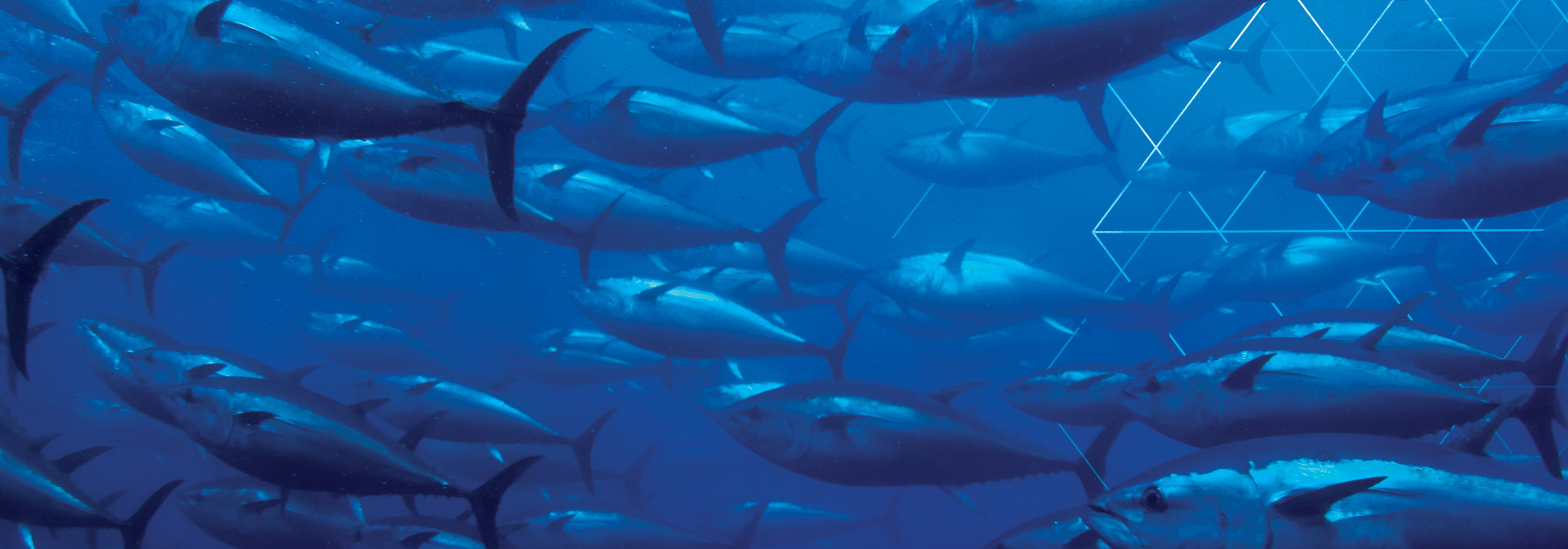Using Machine Learning and Analytics to Transform Fishery Management
By ECS Science and Environmental Research Division
For the National Oceanic and Atmospheric Administration (NOAA), managing the nation’s fisheries is no easy task. Environmental policy-making is a delicate balance of social, economic, and ecological trade-offs within fisheries and habitats. Since 1998, ECS has assisted NOAA’s creation of sustainable management policies by helping to collect, model, and refine critical environmental data regarding the nation’s fish stocks and natural resources. Informed environmental policy requires reliable data and analysis. So how does ECS ensure data quality and analysis accurately reflect ecosystem dynamics? The answer lies in our machine learning (ML) and analytics solutions.
Better Data. Better Analysis. Better Solutions.
Let’s say ECS wanted to model the impact of recreational fishermen on a specific stock. The best way to collect this information is through surveys investigating the population’s fishing activities and their catch rate. Interviewing the entire population, however, would be costly and operationally impossible. Instead, ECS uses statistics and ML to enhance data quality and improve sampling design through model refinement and cross-validation.
In studies and surveys, each subject—be it fisherman, boat, species of fish, etc.—is a proxy for a larger whole. Over- or underestimating a subject’s relationship to the system can cause biases and misunderstandings in the final estimation. ECS analyzes the environmental data with a series of neural networks, random decision forests, classification algorithms, and regression trees to test and identify potential patterns affecting ecosystem outcomes. We use these techniques to better predict the effort of recreational fishermen and apply the same analysis to improve other datasets as well—including at-sea resource surveys, habitat assessments, and stock-level data for ecosystem-based fishery management. By continually refining data analysis, ECS helps NOAA Fisheries better model the future and create more informed policy decisions.

Predictive Response
While artificial intelligence (AI), ML, and data analytics are well established in many commercial and federal industries, the application is still comparatively new in the field of environmental science. In the same way analytics is used in business to predict changes to a workforce, these capabilities enable ECS to predict changes to an ecosystem and craft proactive response plans that better protect at-risk areas and mitigate potential environmental hazards.
Many conservation efforts are reactive: scientists can’t respond to certain environmental impacts until data are collected, analyzed, and understood. By then, recovery may be too late, especially when delicate ecosystems are at stake. With predictive modeling, ECS can map future changes to an ecosystem due to factors such as proposed coastal development and analyze trade-offs between proposed decisions and management scenarios.
Conservationists have only just begun to scratch the surface with AI/ML and analytics. Remote robotics, remote sensing, and advanced AI will likely transform how we approach land and marine management. Much can still be applied to the field. At ECS, we’re helping close conservation’s technology gap by leveraging advanced analytics techniques to manage ecosystems, protect habitat, and be better stewards of the environment.
With data analytics solutions, ECS is transforming business, enterprise, and the environment. Find out more on our AI/ML and environmental research pages.






